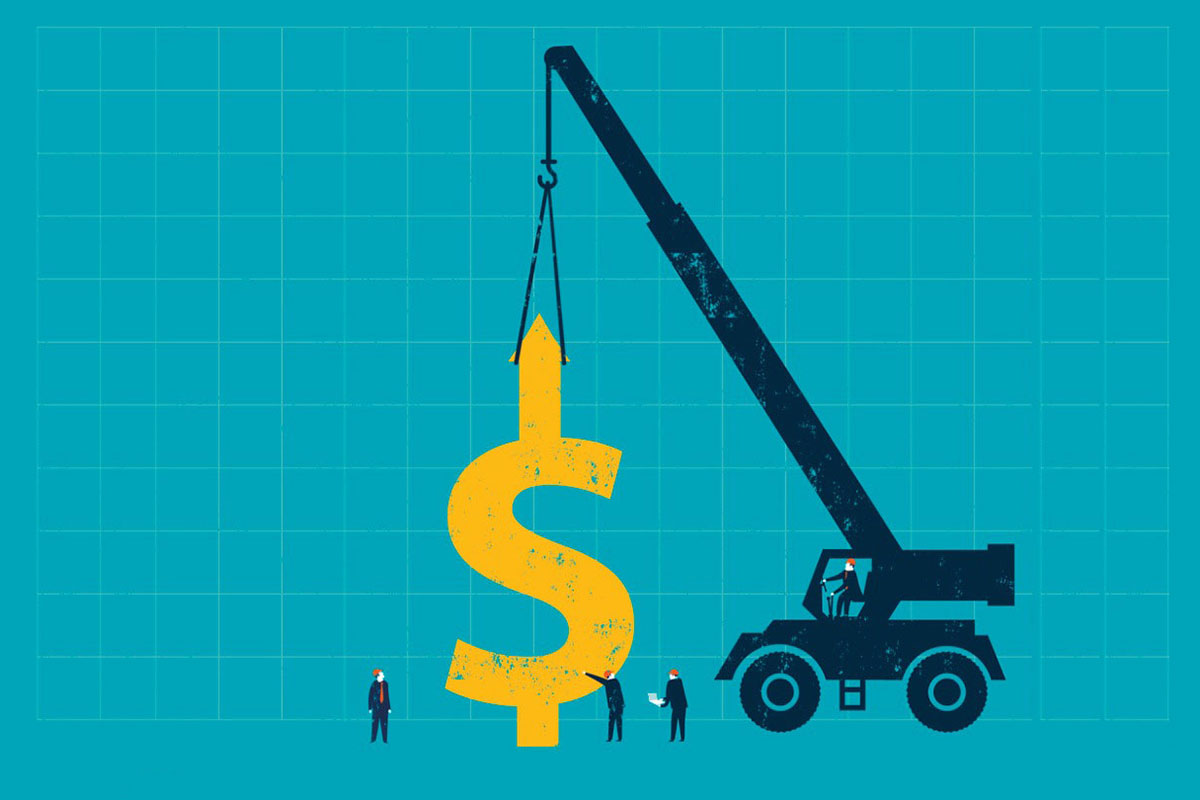
Even if economic growth slows this year, as many forecasters are predicting, listed infrastructure investments will still likely deliver “highly attractive returns for investors,” according to asset management firm First Sentier Investors.
“Slower global economic growth is likely in 2023, with recession risks high enough for it to be the base case in our valuation models,” reads an article posted on the firm’s website. “We believe the U.K. and the European Union are already in recession with a mild recession likely in the U.S. in the year ahead. Meanwhile, the elevated inflation seen in 2022 is likely to remain a feature in economies and financial markets in 2023. “
The firm noted that global listed infrastructure companies outperformed both global equities and bonds in 2022 and said it believes the financial and economic factors contributing to the outperformance will continue through this year.
Infrastructure companies are able to outperform broader equities and fixed-income markets during times of slowing economic growth and higher inflation, the First Sentier report stated, noting that they tend to provide essential services, have strong pricing power and high barriers to entry, as well as predictable cash flows.
“We estimate more than 70% of the assets within FSI global listed infrastructure portfolios are able to pass through inflationary pressures to the end customer,” the article stated. “We expect the asset class to deliver mid-single digit EBITDA, EPS and DPS growth p.a. over the next two years.”
The firm said it believes the best approach to take advantage of the asset class is to focus on bottom-up stock selection, combined with inflation-protected income, which “with structural-led growth should prove compelling for investors for many years to come.”
First Sentier also cited five themes it believes could add support to certain pockets within the listed infrastructure asset class: the increased need for liquefied natural gas; government support for infrastructure upgrades; decarbonization; the need for more cell towers and data centers; and the return of the travel industry.
The firm said Russia’s invasion of Ukraine created an energy crisis and demonstrated the importance of energy independence and security for many countries. It also led to a sharp rise in commodity prices and demand for alternative sources of liquefied natural gas.
“U.S. infrastructure companies with LNG export facilities such as U.S.-listed Cheniere Energy and Sempra Energy outperformed in this environment,” First Sentier’s report stated. “As a reliable and relatively cheap source of gas, new long-term contracts for U.S. LNG are likely in the coming years.”
According to the firm, public policy support for infrastructure investment is likely to remain strong worldwide. For example, citing the World Economic Forum, the report said listed infrastructure stocks in the U.S. benefited from the Inflation Reduction Act, which committed more than $369 billion to subsidies and tax credits over a decade.
First Sentier expects the IRA will encourage global capital to increasingly move toward U.S.-based projects and benefit American utilities companies. However, it said higher capital expenditure will need to be managed in the context of affordability, reliability and sustainability.
“Within utilities, we are seeing an acceleration of solar and battery investments—especially in the U.S.,” the article stated. “We are also seeing an increased focus on the decarbonization of natural gas via renewable natural gas and (in the longer term) hydrogen.”
It added that it expects private sector funding of new infrastructure investment to remain strong this year. Although rising interest rates will likely cause M&A activity to slow down, “a robust pipeline of capital investment opportunities for the vast majority of global listed infrastructure companies for the year ahead is likely.”
Related Stories:
Why Infrastructure Investments Are the New Bonds
BlackRock Signs Infrastructure Deal With Saudi Sovereign Wealth Fund
Infrastructure Boosts Canadian Plans, Why Not US Ones?
Tags: bottom-up stock selection, China, COVID-19, decarbonization, economic slowdown, First Sentier Investors, liquefied natural gas, listed infrastructure, Russia, Ukraine, war
